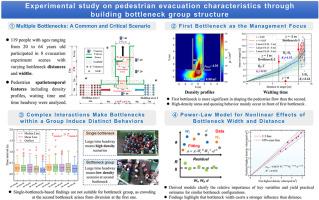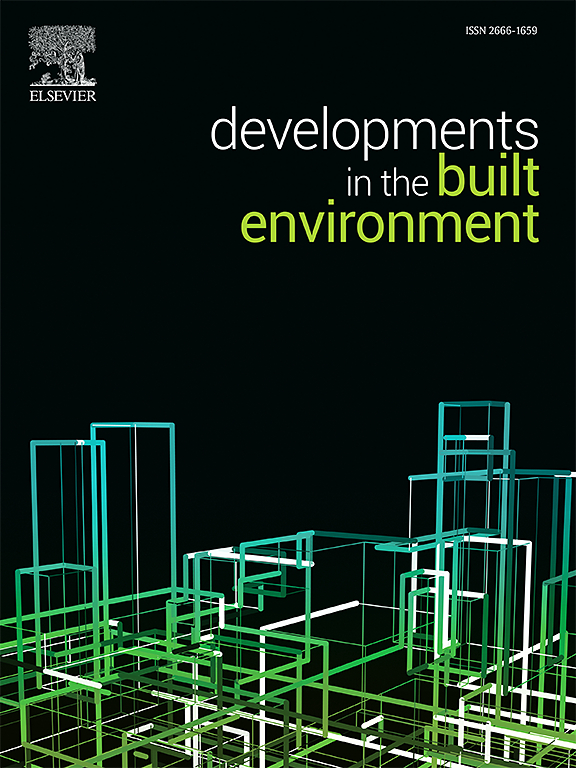Experimental study on pedestrian evacuation characteristics through building bottleneck group structure
IF 8.2
2区 工程技术
Q1 CONSTRUCTION & BUILDING TECHNOLOGY
引用次数: 0
Abstract
In this work, a series of controlled experiments with 119 participants were performed to study pedestrian evacuation behaviors through the bottleneck group structure consisting of two serially-connected bottlenecks. The impacts of bottleneck distance and width on pedestrian spatiotemporal features including density profiles, waiting time and time headway were analyzed. Results highlight that: 1) the first bottleneck is more significant in shaping the pedestrian flow since the crowd at the second bottleneck is a consequence of the diversion caused by the first bottleneck; 2) a funnel-shaped bottleneck group structure design could improve the overall efficiency; 3) the findings from previous single bottleneck studies may be inapplicable to individual bottleneck within the bottleneck group. Then this study quantitatively investigates the impact of bottleneck width and distance on spatiotemporal characteristics through model fitting analysis. This work provides reliable data and a scientific framework to guide bottleneck group design in buildings.

建筑瓶颈群结构行人疏散特性实验研究
本文通过119人的对照实验,研究了由两个连续连接的瓶颈组成的瓶颈群结构下行人的疏散行为。分析了瓶颈距离和瓶颈宽度对行人密度分布、等待时间和车头时距等时空特征的影响。结果表明:1)由于第二瓶颈处的人群是由第一个瓶颈引起的分流的结果,因此第一个瓶颈对行人流的影响更为显著;2)漏斗状的瓶颈群结构设计可以提高整体效率;3)以往单个瓶颈研究的结果可能不适用于瓶颈群中的单个瓶颈。通过模型拟合分析,定量考察了瓶颈宽度和距离对时空特征的影响。为指导建筑瓶颈群设计提供了可靠的数据和科学的框架。
本文章由计算机程序翻译,如有差异,请以英文原文为准。
求助全文
约1分钟内获得全文
求助全文
来源期刊

Developments in the Built Environment
Multiple-
CiteScore
7.40
自引率
1.20%
发文量
31
审稿时长
22 days
期刊介绍:
Developments in the Built Environment (DIBE) is a recently established peer-reviewed gold open access journal, ensuring that all accepted articles are permanently and freely accessible. Focused on civil engineering and the built environment, DIBE publishes original papers and short communications. Encompassing topics such as construction materials and building sustainability, the journal adopts a holistic approach with the aim of benefiting the community.
 求助内容:
求助内容: 应助结果提醒方式:
应助结果提醒方式:


